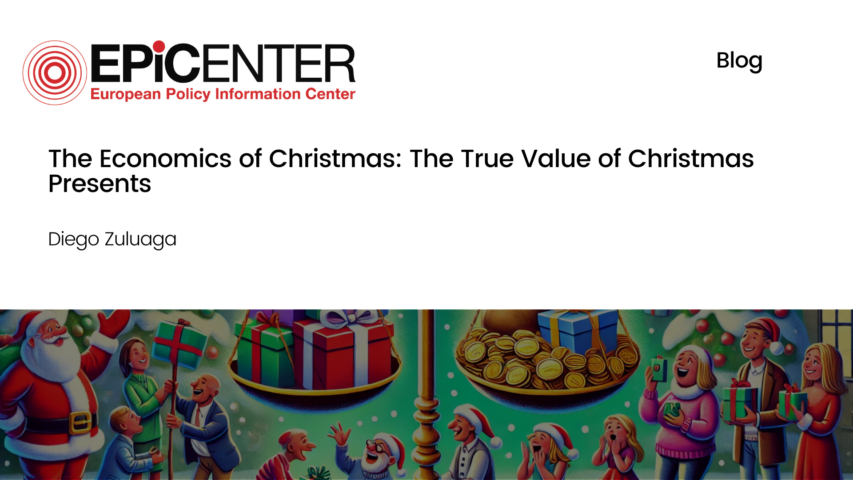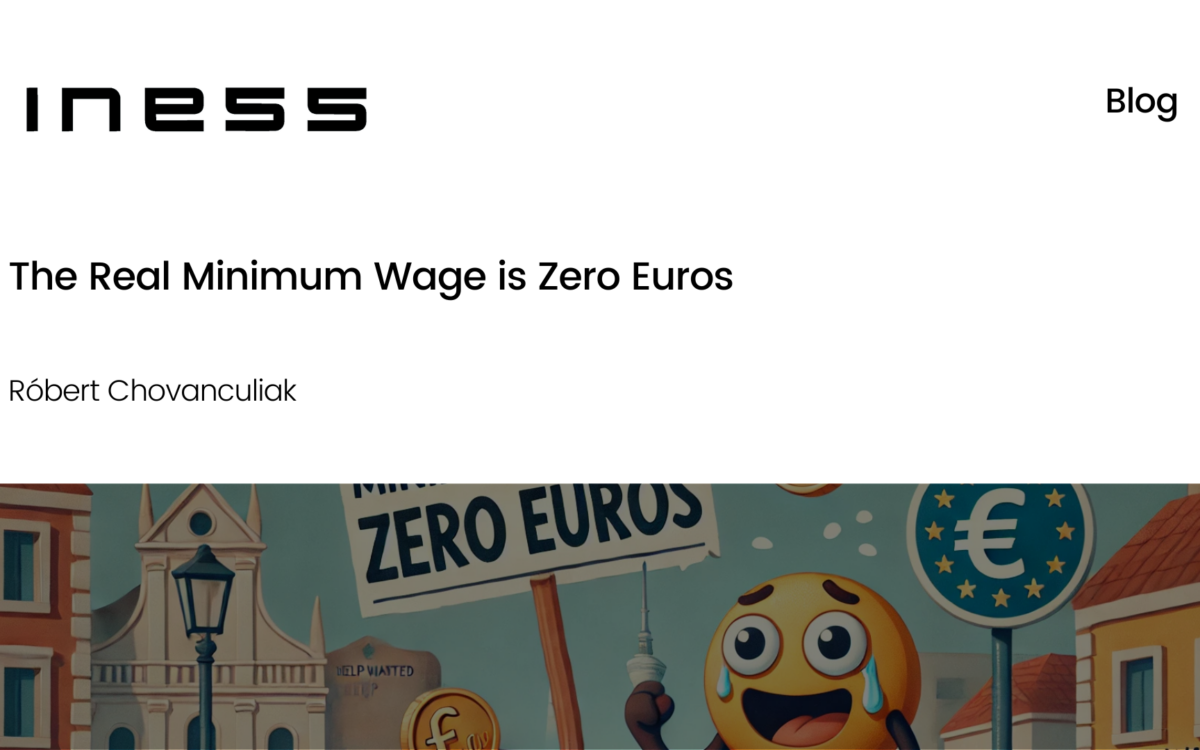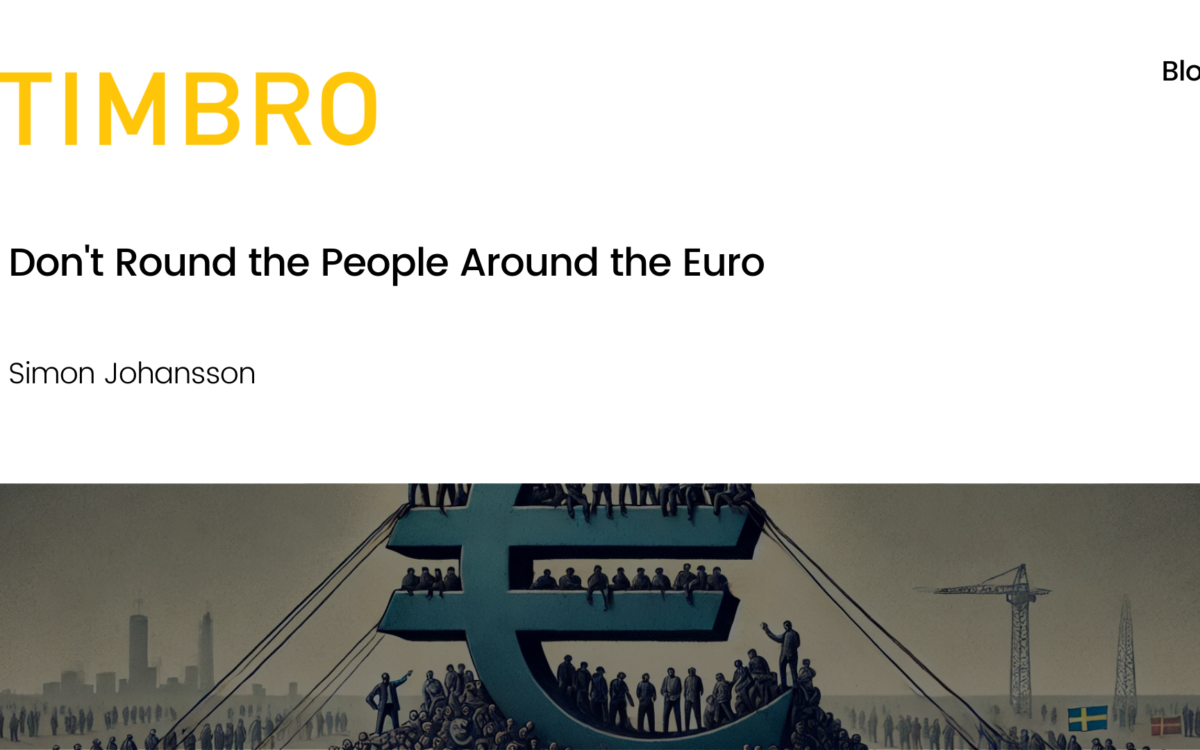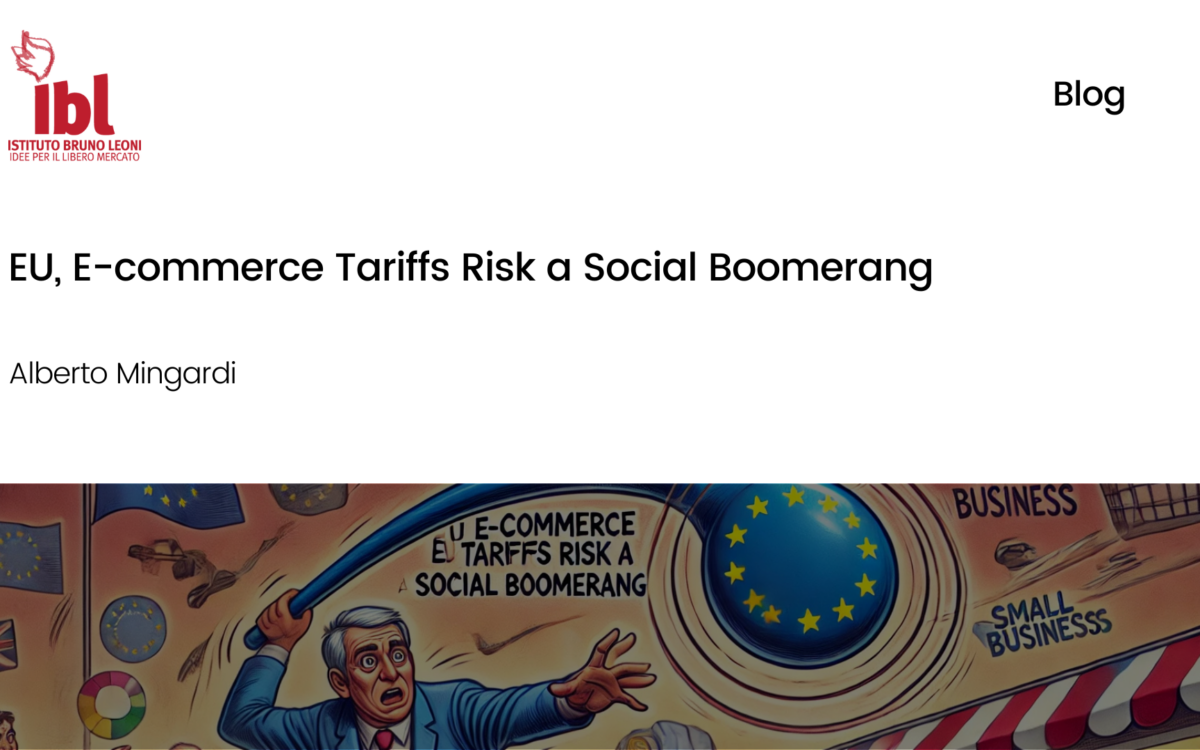The Economics of Christmas: The True Value of Christmas Presents

The Economics of Christmas: The True Value of Christmas Presents
Diego Zuluaga, Head of Research at EPICENTER // 20.12.2016
As the festive season approaches, it’s time for economists’ annual disquisition on the efficiency of gift-giving. This tradition was inaugurated, more than twenty years ago, by Joel Waldfogel, then at Yale University, who formalised the critique that non-cash presents are economically wasteful. His account is elementary microeconomics: if givers have worse information about recipients’ preferences than the recipients themselves, then a non-cash gift will tend to give the recipient less utility than if she had been handed the cash and left to choose for herself what to spend it on.
Using surveys from economics students at Yale, Waldfogel estimated this ‘deadweight loss of Christmas’ at between 10 and 33 per cent of the cost of presents. The puzzle that economists must try to resolve is: why do people still engage in gift exchange when there is a seemingly more efficient alternative? If societies resolved the double-coincidence-of-wants conundrum many centuries ago with money, then why do we keep making things costlier to ourselves and others?
The historical context of gift-giving may offer some clues. For much of human existence, access to cash and credit was severely constrained for most people. Household liquidity fluctuated with the harvest and was affected by regular shocks. Yet, gift-giving on birthdays and festivities was a firmly established institution of most societies. People would give to others from what they had – and valued – and would in turn accept things of value to others as presents. The persistence of present-giving across time and space points against the notion that it involved a net welfare loss.
What this suggests is that the subjective value of the gift – i.e. the physical item received – to the recipient only partially – and perhaps not even closely – captures the value of gift-giving. When I sacrifice something of value to myself and give it to you, the use and enjoyment you may derive from it is only part of the value generated by the exchange. I derive some positive benefit – both by seeing you enjoy it (as hopefully you will) and from the thought that I have done good to others.
In addition, there are positive externalities from gift-giving. As a child, I remember taking great pleasure in watching my father surprise my mother with flowers. At Christmas, the look on children’s faces as they unwrap their presents is a source of enjoyment for the whole family. (My colleague Kristian Niemietz has speculated that there may be positive value in the ‘surprise factor’ of non-cash gifts, though this contradicts economists’ usual assumption that consumers are risk-averse.)
The most important element of gift-giving which formal analyses sometimes overlook is its value as a signal. When I give you a present, I am not only showing my appreciation for you, captured by the cost of the present and the ancillary expense incurred in finding it, wrapping it, and so on. I am also signalling how well I know you (in aiming for something that you would yourself have bought) and how much I care for you (if I buy you a diet book or an e-cigarette, or indeed anything which I think would improve your welfare).
The reason people incur extra costs to often give something which is valued less than its cash price is akin to why banks, even in the age of mobile banking and instant communication, spend a lot of money on imposing office buildings in the centre of town. Both are a costly signal to show long-term commitment.
But why, one might ask, can you not show long-term commitment with a cash gift? Because a cash gift does not require that I inform myself about the recipient’s preferences and spend valued time looking for a suitable match in shops. The recipient’s appreciation for a non-cash gift, regardless of her subjective valuation of it, is also part of the social capital accumulation involved in the exercise. That, after all, is why we smile and thank Auntie for the abhorrent jumper, or the Chinese business partner for the undrinkable liquor. We might even force ourselves to wear and drink them (respectively) in their presence, too!
But this is no Panglossian account in which all is for the best in the best of all possible worlds. Gift-giving, like any institution, evolves with changing tastes, needs and the available technology. On the margin, there is always scope for welfare gains. That is why there is increasing acceptance of cash gifts – where the marginal social capital gain is low and information highly imperfect, as with grandparents’ presents. It is also why there are now quasi-cash presents, such as gift cards, and transaction-cost-reducing innovations such as Amazon’s ‘wish list,’ where users can list the items they want for others to see.
Gift-giving illustrates the richness of economic analysis, its ability to explain complex real-world phenomena, and the power of innovation to address inefficiencies. Next time somebody quips that economists know the price of everything and the value of nothing, you will know better!
EPICENTER publications and contributions from our member think tanks are designed to promote the discussion of economic issues and the role of markets in solving economic and social problems. As with all EPICENTER publications, the views expressed here are those of the author and not EPICENTER or its member think tanks (which have no corporate view).



